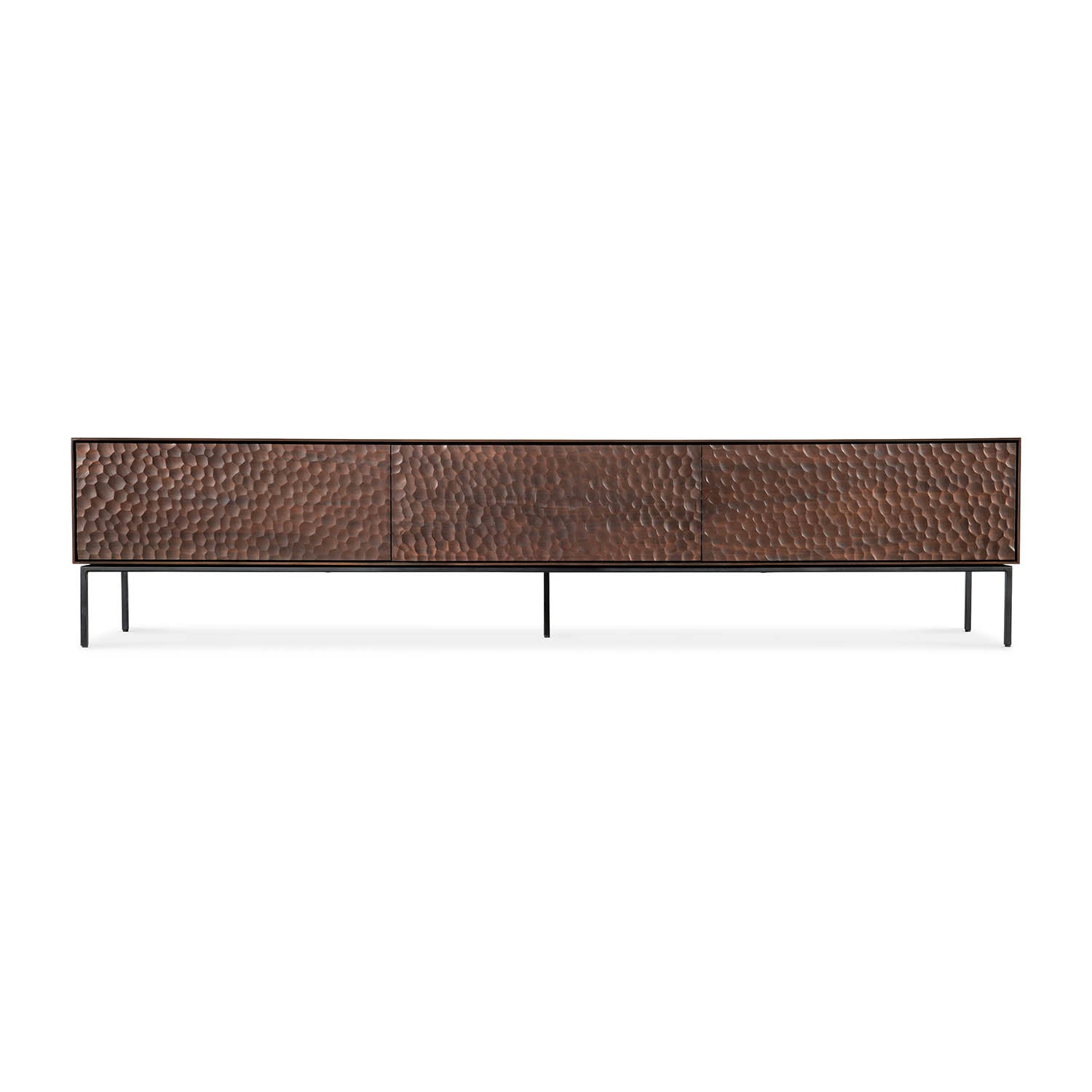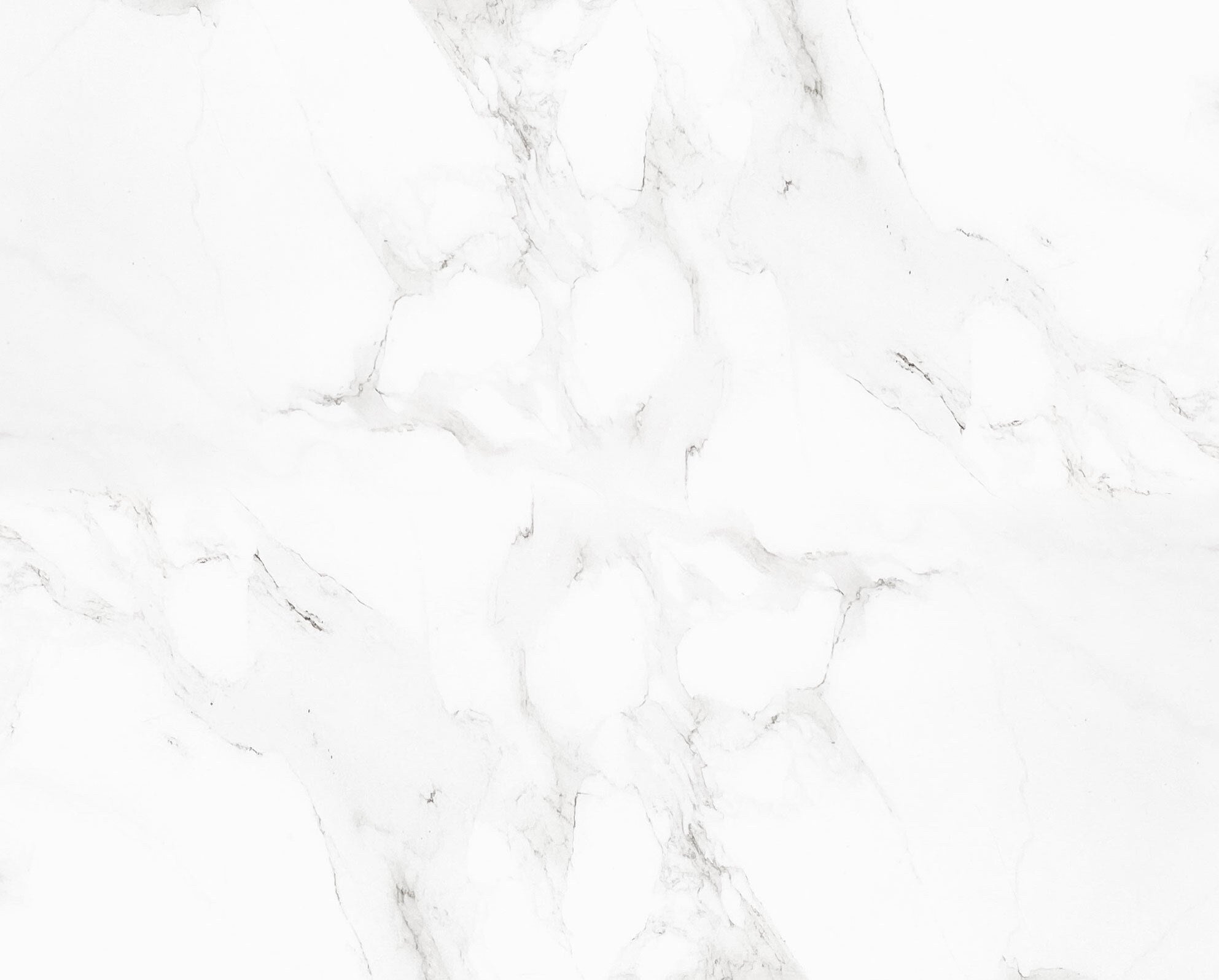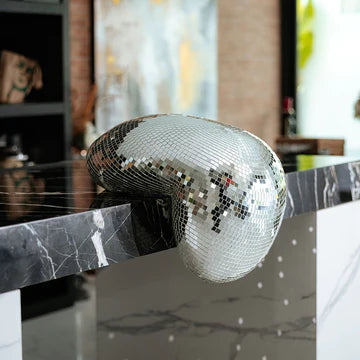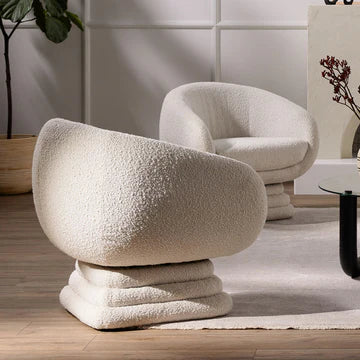Congratulations, you bought a piece of leather furniture! A leather
sofa or
chair may be an investment, but it’s a wise one since leather only gets better with age. While regular fabric wears out, leather just wears in and gains a natural patina that allows your furniture to look even more beautiful over time. Though leather furniture is made to last, that doesn’t mean it doesn’t require some general care. This post will go over the basics of caring for your leather furniture.

Know the Type of Leather
One of the most important things before looking into how to care for your leather is to know what type of leather it is that you have. Different types of leather upholstery have different cleaning requirements, so make sure to check the tags on your furniture. Let’s review the different types of leather.
Unprotected leather - pure aniline, full aniline or unfinished leather is super soft and luxurious. It may be dyed but has no surface pigment color added. This means it has little or no protective coating other than, at most, a dirt-resistant treatment. Aniline leather is more sensitive to staining, so you have to really stay on top of spills.
Protected leather - finished or semi-aniline leather is more durable and stain resistant than unprotected leather. Some protected leathers are coated with layers of polymer to make them stand up even better to wear and tear.

Regular Maintenance
To care for unprotected leather, simply dust is regularly with a clean, dry cloth and vacuum it occasionally using a soft brush attachment. The same can be done for protected leather as well. Since protected leather can stand up to heavier cleaning than unprotected you can add into the maintenance routine wiping it down with a microfiber cloth and a solution of mild non-detergent soap and distilled water. Just make sure to dry with a clean towel when done. Avoid products containing ammonia or alkalies and stay away from saddle soap, detergents, oils, furniture polishes, abrasive materials and any cleaners with caustic ingredients which can damage leather beyond repair.

Cleaning Spills
Leather is sensitive to spills, so be sure to clean them as soon as possible to prevent them from soaking in. If a spill occurs on unprotected leather, blot the spill as quickly as possible with a clean, dry white cloth to absorb it. Protected leather has more stain removal options. For water-based spills simply wipe it off with a clean white cloth lightly dampened in distilled water, and then leave to air-dry. For oil-based stains, such as butter or body oil, blot it with a clean, dry white cloth without using and water - the stain will dissipate into the leather over time. If you end up with more stubborn stains, you can use a soft cloth or sponge moistened with a mild non-detergent soap and lukewarm water, and then wipe it off with a clean damp cloth and blot dry with another soft cloth.

Conditioning
To keep your leather soft and supple you can apply a leather conditioner. Applying a good leather conditioner every six to twelve months will help keep your furniture maintain its own natural oils and thus its natural softness. When choosing a conditioner make sure to avoid products that contain silicone or wax, which can make the surface permanently sticky.

So there you have the main guidelines for caring for leather. We’ll end with a few more general notes - to prevent fading keep your leather furniture out of direct sunlight and light surface scratches and be buffed out with a chamois or clean fingers. High quality leather furniture can be a great investment, and by following these care tips your piece is sure to last. Do you have a favorite piece of leather furniture? We’d love to hear what it is in the comments!




 So there you have the main guidelines for caring for leather. We’ll end with a few more general notes - to prevent fading keep your leather furniture out of direct sunlight and light surface scratches and be buffed out with a chamois or clean fingers. High quality leather furniture can be a great investment, and by following these care tips your piece is sure to last. Do you have a favorite piece of leather furniture? We’d love to hear what it is in the comments!
So there you have the main guidelines for caring for leather. We’ll end with a few more general notes - to prevent fading keep your leather furniture out of direct sunlight and light surface scratches and be buffed out with a chamois or clean fingers. High quality leather furniture can be a great investment, and by following these care tips your piece is sure to last. Do you have a favorite piece of leather furniture? We’d love to hear what it is in the comments!






Leave a comment